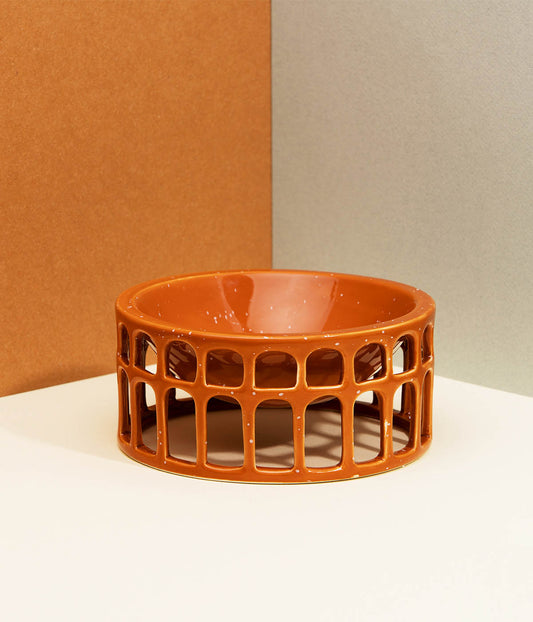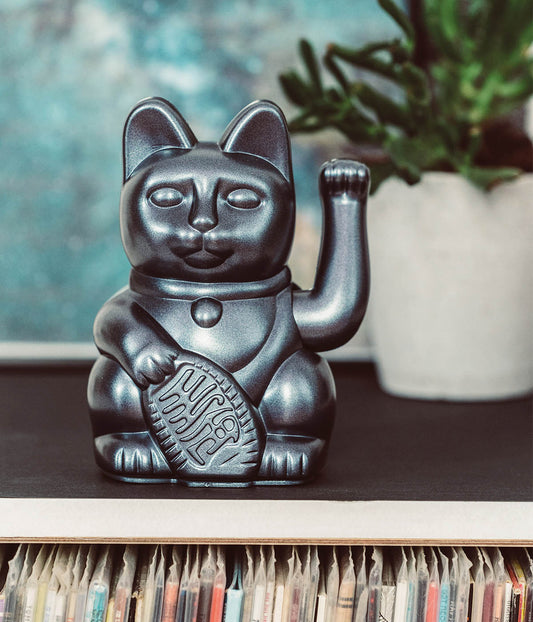
What to Do if Your Cat Has Fleas
Marie DuchessFleas are a common problem for cats, and if your furry friend has been scratching more than usual, it's possible that they have fleas. These tiny parasites can cause discomfort and health issues for your cat, so it's important to take action as soon as possible. In this blog post, we will discuss what to do if your cat has fleas and how to effectively get rid of them.
1. Confirm the presence of fleas
Before you start any treatment, it's essential to confirm that your cat indeed has fleas. Look for signs such as excessive scratching, red bumps or sores on the skin, black specks (flea dirt) in their fur, or even seeing the fleas themselves.
2. Consult your veterinarian
Once you have confirmed the presence of fleas, it's best to consult your veterinarian. They can provide guidance on the most suitable flea treatment for your cat based on their age, weight, and overall health. Your veterinarian may recommend topical treatments, oral medications, or a combination of both.
3. Treat your cat
Follow your veterinarian's instructions and administer the flea treatment to your cat as directed. Be sure to use the appropriate dosage and apply the treatment correctly. Some treatments may require multiple applications, so it's important to follow the recommended schedule.
4. Treat your home
Fleas can infest your home, so it's crucial to treat your environment to prevent reinfestation. Vacuum your carpets, rugs, and furniture thoroughly to remove any flea eggs, larvae, or pupae. Wash your cat's bedding and any other fabric items they frequently come into contact with in hot water. Consider using a flea spray or fogger specifically designed for home use to eliminate any remaining fleas.
5. Prevent future infestations
Prevention is key to keeping your cat flea-free. Use a monthly flea preventive recommended by your veterinarian to protect your cat from future infestations. Regularly groom your cat with a flea comb to check for any signs of fleas or flea dirt. Keep your home clean and tidy to minimize the chances of fleas finding their way back.
6. Monitor your cat
After treating your cat for fleas, keep a close eye on them to ensure that the infestation has been successfully eradicated. If you notice any persistent scratching or other signs of fleas, consult your veterinarian for further guidance.
Remember, fleas can be a nuisance for both you and your cat, but with prompt action and proper treatment, you can effectively eliminate them. By following these steps and working closely with your veterinarian, you can provide relief for your cat and create a flea-free environment for both of you to enjoy.













